In the world of self-improvement and martial art gurus, Jocko Willink needs no introduction.
The host of Jocko Podcast has become famous for streaming hard-hitting philosophical discussions about life, leadership, and self-discipline. Through his show, which consistently reaches millions worldwide, Jocko speaks about hard-won lessons learned during his more than 20 year career as a U.S. Navy SEAL.
His supplement company, Jocko Fuel, has been absolutely killing it with the formulas it made for the CrossFit and Brazilian jiu-jitsu worlds, but so far the company hasn't launched a more "gym culture" weightlifting-focused pre-workout. Until now.
Introducing the new Jocko Fuel Pre-Workout
Today we're discussing Jocko Pre-Workout. And, frankly, we're honored to be the ones to disclose this formula before anyone else.
This is a formula designed for Jocko Fuel followers, gym rats, and others who want a nice pump and enhanced energy in the weight room. But it's also a staple formula, a daily driver – in comparison to Jocko Fuel's other products, the ingredient selection here is much more about getting back to basics while keeping it natural. It's full of trusted ingredients that work, making it affordable enough for the average consumer to use (and perhaps even double scoop) on a daily basis.
As with all Jocko Fuel products, there's a heavy emphasis on purity and supporting long-term health. It uses all-natural flavoring, sweeteners, and colorants that, unlike cheaper synthetic alternatives, won't disrupt your endocrine system or increase risk of cancer. The sweeteners in Jocko Fuel are reb M (from fermented sugar cane) and monk fruit.
PricePlow Podcast with Chief Product Officer Brian Littlefield!
We recently had Brian Littlefield, Jocko Fuel co-founder and chief product officer, on The PricePlow Podcast. The episode chronicled an absolutely epic trip that Mike and Ben took to Maine, where they saw not only the Jocko Fuel offices, but also Origin USA, an American apparel company dedicated to the lofty and crucial goal of reshoring American industry.
Curious to learn more about Jocko Fuel, the products its got coming down the pike, and Brazilian jiu-jitsu life lessons? Check out the episode here: Jocko Fuel Formulator Brian Littlefield Announces Jocko Pre-Workout | Episode #111.
Let's get into how it the pre-workout works, but first, check the PricePlow news and deals:
Jocko Fuel Pre-Workout – Deals and Price Drop Alerts
Get Price Alerts
No spam, no scams.
Disclosure: PricePlow relies on pricing from stores with which we have a business relationship. We work hard to keep pricing current, but you may find a better offer.
Posts are sponsored in part by the retailers and/or brands listed on this page.
This area is reserved for Team PricePlow's upcoming videos.
Subscribe to our channel and sign up for notifications so you catch it when it goes live!
Jocko Pre-Workout Ingredients
-
L-Citrulline – 6,000 mg
Announcing the Jocko Pre Workout Ingredients, with natural flavoring and sweetening and 30 servings!
The amino acid citrulline is currently the supplement industry's go-to nitric oxide (NO) booster ingredient. It falls into the category of conditionally essential amino acids, which means that the body's capacity to produce it may be limited under certain pathophysiological conditions, such asillness, stress, or injury — essentially anything that elevates your metabolic demands above normal baseline. Even intense training can be enough to heighten citrulline requirements. Under these conditions, citrulline is considered an essential amino acid, meaning you must obtain adequate quantities from your diet to close the gap between your body's requirements and its citrulline production capacity.
The citrulline conversion pathway is as follows:
Citrulline → Arginine → nitric oxide (NO)[1]
Note an intermediate step between citrulline consumption and NO synthesis – the conversion of citrulline into arginine.
Given that arginine is the direct NO precursor, you might wonder why arginine supplementation isn't used instead. The answer lies in the fact that arginine's oral bioavailability is poor, whereas citrulline is much better absorbed and actually outperforms supplemental arginine in raising blood arginine levels.[2,3] Increased arginine levels, in turn, lead to elevated NO levels.
Greater NO production can potentially benefit athletes, fitness enthusiasts, and those concerned about long-term cardiovascular health. This is because NO promotes vasodilation, a process in which blood vessels expand, allowing for increased blood flow. Consequently, tissue perfusion improves, reducing the workload on the heart and leading to reductions in heart rate and blood pressure.[4-6]
Vasodilation also offers advantages, such as enhanced tissue oxygenation, improved nutrient delivery, and more efficient disposal of metabolic waste. All of these factors contribute to better gym performance and quicker recovery during sleep. Athletic endurance, in particular, greatly improves with increased NO production.
Citrulline's participation in the nitric oxide cycle and the urea cycle. The enzyme argininosuccinate converts citrulline to arginine, and arginine stimulates the production of nitric oxide
The research literature on citrulline highlights the following potential benefits:
- Enhancement of power by improving oxygen utilization[7]
- Increase in athletic endurance by as much as 50%[8]
- Reduction in post-workout muscle soreness[8]
- Stimulation of growth hormone (GH) secretion[9]
- Decrease in protein breakdown[10]
- Promotion of muscle protein synthesis[11,12]
Lastly, citrulline supplementation has been found to elevate blood levels of ornithine,[13] an amino acid responsible for clearing ammonia from the body.[14] Ammonia is known to induce both mental and physical fatigue, making citrulline's ability to reduce ammonia levels another valuable aspect of its endurance-enhancing effects.
Ornithine consumption has also shown promise in enhancing metabolic function, improving sleep quality, and reducing subjective feelings of stress. This improvement appears to be linked to ornithine's ability to lower the cortisol-to-DHEA ratio.[14]
-
Beta-Alanine – 3,200 mg
Beta-alanine is a popular ergogenic aid renowned for its potential to enhance athletic performance, particularly endurance. Its mechanism is binding with the amino acid L-histidine to create carnosine, a dipeptide molecule instrumental in mitigating lactic acid buildup in muscles. Since lactic acid accumulation is the primary contributor to muscular fatigue, decreasing lactic acid levels with beta-alanine increases endurance – the quicker the body eliminates lactic acid, the longer you can sustain peak performance in athletic pursuits.[15]
So why not take carnosine? A reason similar to the citrulline-arginine dynamic we discussed in the previous section – beta-alanine has far better oral bioavailability. Also histidine, the other component of carnosine, is readily available in common dietary sources. Consequently, beta-alanine is almost always the limiting factor in carnosine production, making beta-alanine supplementation a more effective strategy for boosting carnosine levels.[16,17]
Two comprehensive meta-analyses, drawing from a pool of over 40 peer-reviewed studies, have affirmed beta-alanine's efficacy for improving endurance, particularly in activities lasting between 30 seconds and 10 minutes.[18,19]
Experiencing a tingling sensation, often felt in the face and upper body, is a common occurrence when taking beta-alanine. Fortunately, recent safety assessments have determined this sensation is harmless.[20]
-
Betaine Anhydrous – 2,500 mg
Betaine, also referred to as trimethylglycine (TMG), functions as an ergogenic aid, meaning it enhances capacity for physical work. This includes boosts to power output, max reps, and aerobic capacity.
One of betaine's most important functions is its role as a methyl donor,[21] which is crucial for supporting adenosine triphosphate (ATP) production.[22] In fact, betaine is distinguished as one of the most effective methyl donors known to nutritional science.[23]
Betaine's methyl-donating function also plays an important role in regulating homocysteine blood levels, a vital consideration since elevated homocysteine is a well-established risk factor for cardiovascular diseases (CVD), heart attacks, and strokes.[24] Betaine's benefits extend beyond immediate workout performance – it can also play a pivotal role in the long-term maintenance of cardiovascular health and athletic ability.
From the MEN's study: The arms don't lie! Here's one place where placebo doesn't rule: arm size! Betaine built bigger arms... in trained subjects!
Betaine is also an osmolyte, meaning it can increase osmotic pressure in your body's cells. This drives higher-than-normal amounts of water into your cells, resulting in cellular hyperhydration. The influx of additional water bestows cells with added nutrients and fuel, fortifying them against metabolic stress[25,26] and heat-induced strain.[27,28]
These two central mechanisms underscore why betaine can effectively improve:
- Strength[29,30]
- Power[29-31]
- Body composition[26,32]
A particularly noteworthy study, conducted in 2013, showed that daily supplementation with 2,500 milligrams of betaine (the same dose used in Jocko Fuel) caused gains exceeding 5 pounds in muscle mass and a reduction of more than 6 pounds in fat over a six-week period. This transformation corresponded to a 3% decrease in body fat.[26,32]
Another study from 2018 got similar results – collegiate women who incorporated 2,500 milligrams betaine into their resistance-training regimen experienced a 4-pound reduction in body fat compared to the control group.[33]
-
N-Acetyl L-Carnitine Hydrochloride – 500 mg
There are several different forms of carnitine, each with its own benefits. Acetyl-L-carnitine (ALCAR) is the form chosen for nootropic emphasis. ALCAR boasts an impressive array of neuroprotective, neurotropic, and even anti-depressive effects.[34]
At its core, carnitine functions by facilitating the transport of vital energy substrates like glucose and fatty acids to cells' mitochondria, which facilitates the synthesis of adenosine triphosphate (ATP). This is important because ATP is your body's usable energy— the fuel that drives all cellular functions.[35]
Extensive research has demonstrated that incorporating carnitine supplements into one's regimen is linked to promoting effective weight management.[36,37] It has also been shown to reduce insulin resistance and enhance glucose metabolism.[38]
Another noteworthy benefit of carnitine is its capacity to increase the ratio of brown adipose tissue (BAT) to white adipose tissue (WAT) in the body. This is advantageous because BAT exhibits greater metabolic activity compared to WAT. Consequently, an increased presence of BAT translates to a higher calorie expenditure, primarily in the form of heat, through a process known as non-shivering thermogenesis.[39]
Nootropic effects come in because ALCAR is exceptionally good at supporting the metabolic operation of neurons. This prowess follows from ALCAR's exceptional ability to cross the blood-brain barrier, which makes it highly bioavailable to brain cells.[40]
Animal studies have demonstrated ALCAR's capacity to increase synaptic plasticity in mammalian brains, which can ultimately improve learning.[41]
A compelling human study demonstrated that in individuals aged 65 and above who had mild cognitive impairment, ALCAR significantly improved performance on a battery of cognitive tests compared to those who received a placebo.[42]
How much carnitine one might need from supplements depends largely on dietary choices and the intensity of one's training regimen. Carnitine is most abundantly found in meat, making carnitine supplementation particularly important for individuals following vegan/vegetarian diets, [43-46] older individuals,[47,48] or athletes engaged in strenuous training regimens that deplete their reserves.[49] Many users of Jocko Fuel may fall into that final category.
For those seeking an in-depth exploration of the research surrounding carnitine consumption among athletes, consider delving into the comprehensive 2018 review titled "L-Carnitine Supplementation in Recovery after Exercise".[49]
-
Caffeine (naturally sourced from Coffee Bean) – 200 mg
As the vast majority of American adults know from personal experience, the methylxanthine stimulant caffeine excels at enhancing alertness and combating fatigue.[50,51] But caffeine also has important benefits for athletic performance.[50]
Inhibition of adenosine – anti-fatigue effect
Caffeine fights fatigue by inhibiting the action of a molecule known as adenosine, which causes fatigue as it builds up in the brain during the waking state.[52] It's important to note that caffeine doesn't actually prevent adenosine from accumulating; that would require inhibiting the utilization of ATP, which would not be good. Instead, caffeine blocks adenosine receptors, preventing adenosine from exerting its fatiguing effects on the brain.[50,53] It's this adenosine antagonism that makes caffeine the drug of choice for people who need to wake up early, power through their afternoon slump, and for those who burn the midnight oil.
Ergogenic effects
Caffeine also has the remarkable ability to boost cellular energy production, thus increasing energy in a much more literal sense. It achieves this by inhibiting an enzyme called phosphodiesterase, which is responsible for breaking down a signaling molecule called cyclic adenosine monophosphate (cAMP).[50,53]
The function of cAMP is to signal cells to initiate additional energy production by metabolizing the calories in fatty acids. Consequently, upregulating cAMP essentially accelerates metabolism by improving the body's ability to respond to increased cellular energy demands.[54]
Caffeine may also increase endorphin production, making athletes less sensitive to pain and more likely to push themselves past the ordinary limits of their performance.[55]
The Jocko GO Energy Drink sports just 95 milligrams of caffeine, but formulator Brian Littlefield stated on our podcast that it's been shown to outperform caffeine alone! We hope this data gets published soon
Collectively, these mechanisms produce an ergogenic effect. Research shows that caffeine can improve:
- Endurance [56,57]
- Aerobic performance (speed)[58]
- Muscular force and power output[59,60]
- Isometric strength[61]
Caffeine's impact on cellular cAMP/AMPK signaling also makes it great for weight management since it can increase the number of calories the body burns as heat in a process called thermogenesis.[62] Notably, caffeine excels in enhancing the body's fat-burning rate, with research indicating that a 6 mg/kg dose of caffeine can elevate fat burning by up to 50%.[63]
Notes on caffeine's dosing in Jocko Pre-Workout
Remember, at 200 milligrams of caffeine, Jocko Pre-Workout can work for plenty of users -- those who need more energy can definitely heap the scoop, or even safely double-scoop it all the way up to 400 milligrams (assess tolerance at lower doses first).
This is a great dose strategy -- as other popular pre-workouts like Ghost Legend have increased their caffeine dosing, there's a large market gap at 200 milligrams - and Jocko intends to fill it for your daily driver purposes.
-
Theobromine – 50 mg
Theobromine is becoming an increasingly popular ingredient in pre-workout formulas due to its stimulating, vasodilatory, and bronchodilatory properties.[64] Similar to citrulline and arginine, theobromine can assist in the upregulation of nitric oxide (NO) by inhibiting the arginase enzyme,[65] which not only enhances endurance but also, anecdotally, makes it easier for some individuals to breathe during their workouts.
Theobromine operates in a manner akin to caffeine: it inhibits phosphodiesterase, upregulates cyclic adenosine monophosphate (cAMP)[66], and increases cellular-metabolic capacity.[67,68] While caffeine is also a vasodilator, theobromine surpasses it in relaxing smooth muscle tissue, leading to a reduction in blood pressure and heart rate despite theobromine's stimulant effects.[69] In fact, when taken alongside caffeine, high doses of theobromine can counteract caffeine's hypertensive effects.[70]
One notable advantage of theobromine over caffeine is its extended half-life, which means that as its effects gradually subside, the withdrawal experience is typically less severe.[71]
-
Methylliberine (as Dynamine) – 25 mg
Dynamine is a trademarked preparation of methylliberine, formulated to trigger neuroactivation in a fashion similar to that of caffeine and theobromine.
Methylliberine is an alkaloid naturally present in Camellia sinensis (tea) leaves.[72,73] Scientific studies suggest that it can boost energy levels, akin to caffeine, yet without the associated cardiovascular effects.[72-75] Like caffeine, methylliberine upregulates the neurotransmitters dopamine and noradrenaline while down regulating adenosine.[72-75]
This is 25 milligrams as pure Dynamine, – not the 40% "flavorless" variety. Brian and his team took it upon themselves to flavor it from start to finish (Dynamine's a notoriously difficult flavor to mask). While the dose isn't monstrous, it does provide a nice uptick of energy - especially for those going with a heaping scoop, which many will do.
-
Vitamin C (as ascorbic acid) – 90 mg (100% DV)
Vitamin C is renowned for its antioxidant and anti-inflammatory properties,[76], making it a potentially valuable asset in coping with a rigorous training regimen. It plays a crucial role in the adrenal glands, which naturally possess one of the highest vitamin C concentrations among all organs and glands in the body.[77] When you experience stress, your adrenal glands deplete their vitamin C reserves.[78] So, if you're engaged in a strenuous training routine, replenishing this vitamin is a potentially wise course of action.
-
Other ingredients
Jocko Fuel Pre-Workout also contains vitamins and minerals:
-
Vitamin B6 (as pyridoxine hydrochloride) – 2 mg (118% DV)
-
Vitamin B12 (as cyanocobalamin) – 2 mcg (83% DV)
-
Magnesium (as magnesium citrate) – 15 mg (4% DV)
-
Chloride (as sodium chloride) – 70 mg (3% DV)
-
Sodium (as sodium chloride, sodium gluconate) – 90 mg (4% DV)
-
Potassium (as potassium citrate) – 80 mg (2% DV)
-
On the Sweeteners
One of the big things that Jocko Fuel maintains is natural flavors, colors, and sweeteners. In Jocko Pre-Workout, you get a blend of monk fruit extract and reb M (Rebaudioside M) from fermented sugar cane.
You can watch this clip from our podcast episode with Brian Littlefield where we discuss the sweeteners:
View this post on Instagram
It's worth noting that reb M can be sourced from stevia,[79] but Brian and his team determined that the fermented sugar cane source simply tastes better.
Stacking
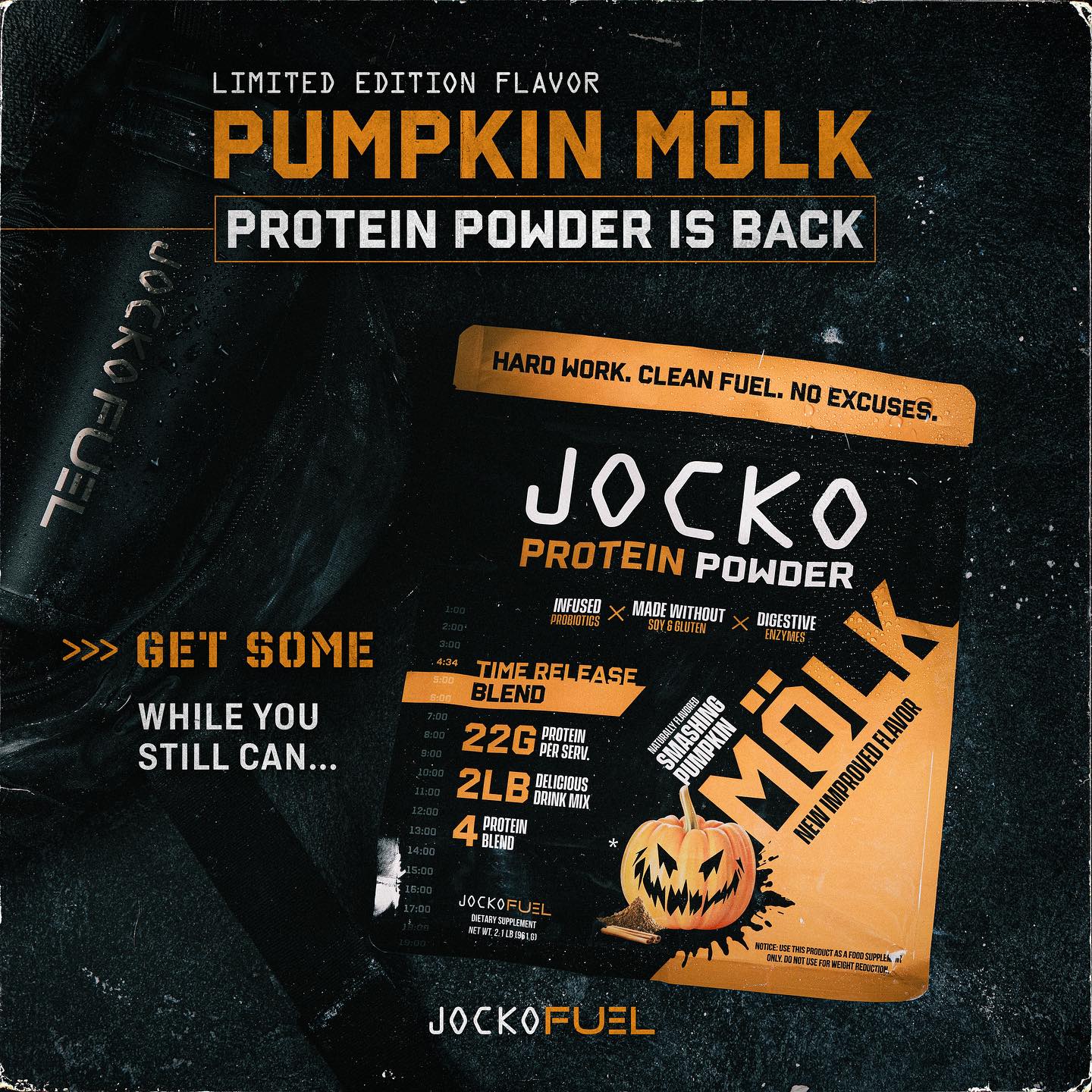
A limited-edition Jocko MOLK Smashing Pumpkin flavor launched just at the same time of this podcast airing
Jocko Pre-Workout has nearly everything that's been thoroughly researched in the supplement industry. The next two ingredients that are well-vetted are creatine and protein. And Jocko's got you covered for both:
- Jocko Creatine (100% creatine monohydrate)
- Jocko MOLK Protein Powder (and MOLK RTD)
Flavors Available
Also discussed in PricePlow Podcast Episode #111, the trademarked Nitro Pop flavor is launching exclusively with The Vitamin Shoppe.
Conclusion: A More Natural Daily Driver
One thing to note about Jocko Fuel Pre-Workout is that it's relatively low in stimulants. Depending on your personal stimulant tolerance, you could easily double-scoop it for truly epic doses without suffering ill effects. This is also discussed in the podcast episode linked above.
Brian Littlefield and Jocko's attempts at taking on the daily driver pre-workout came at a perfect time. When everyone's going beyond 200 milligrams of caffeine, they planted their flag in the territory and still enabled users to go heavier and harder by providing a 30 serving tub.
Not only that, but making it with all-natural colors, flavors, and sweeteners stays true to the Jocko Fuel ethos. If you want to learn more, watch the embedded video below our price comparisons, where you can sign up for our Jocko Fuel news:
Jocko Fuel Pre-Workout – Deals and Price Drop Alerts
Get Price Alerts
No spam, no scams.
Disclosure: PricePlow relies on pricing from stores with which we have a business relationship. We work hard to keep pricing current, but you may find a better offer.
Posts are sponsored in part by the retailers and/or brands listed on this page.
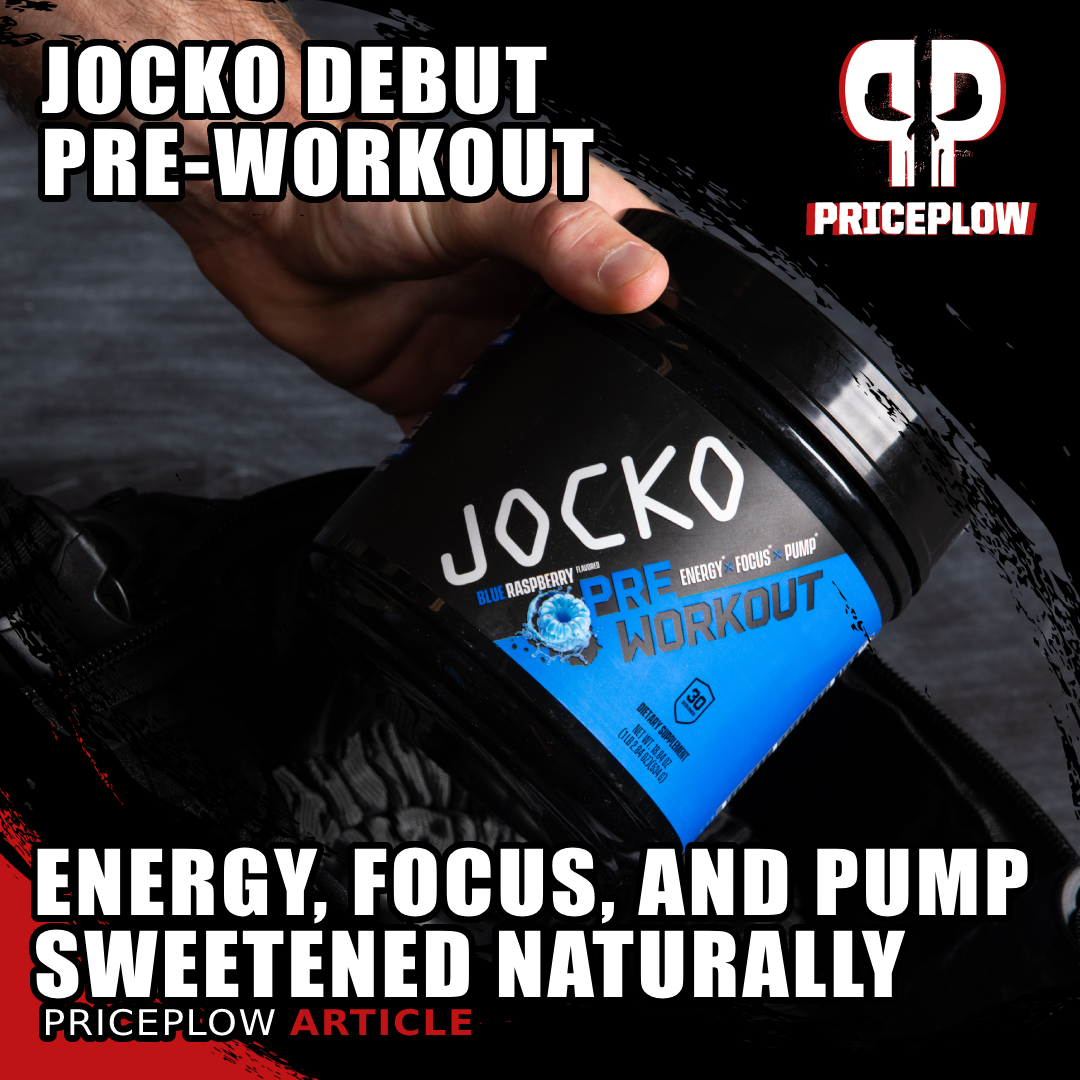

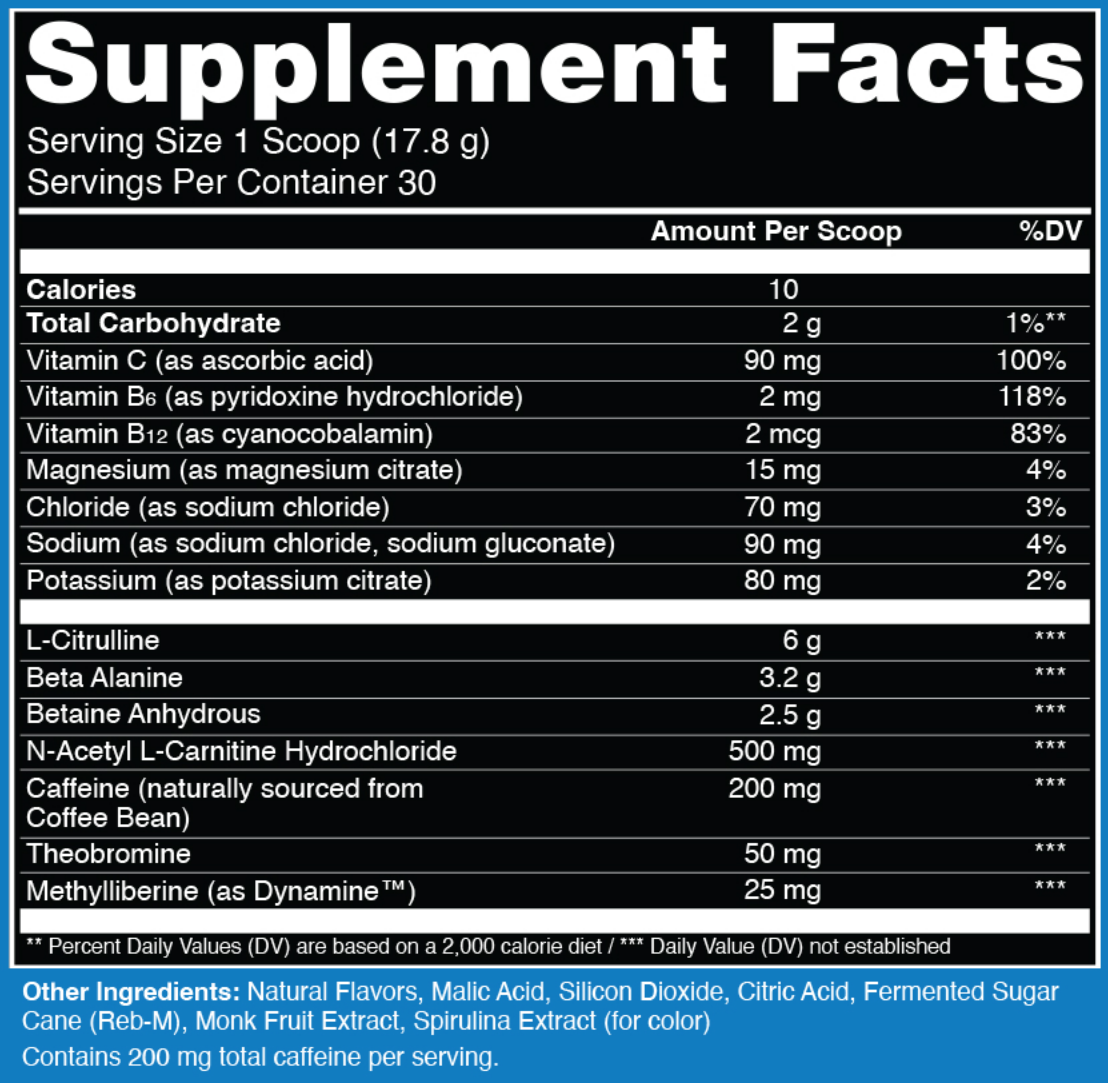
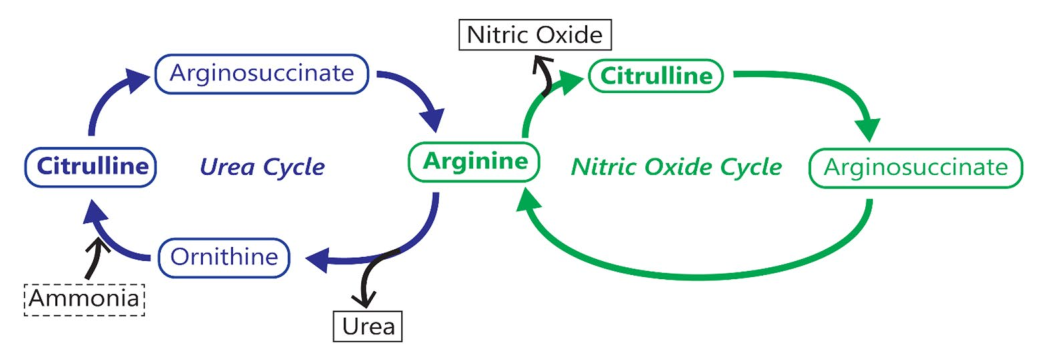
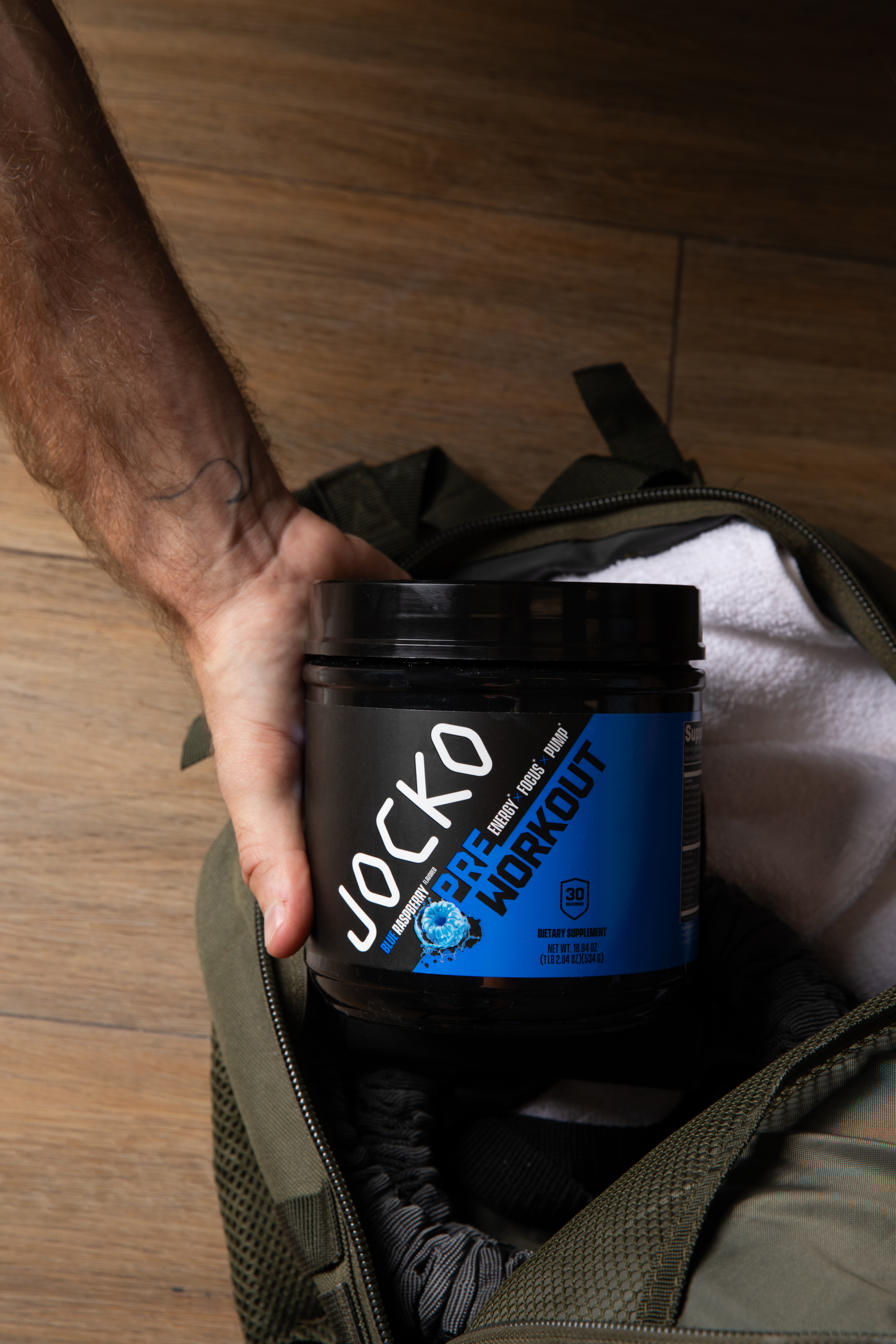
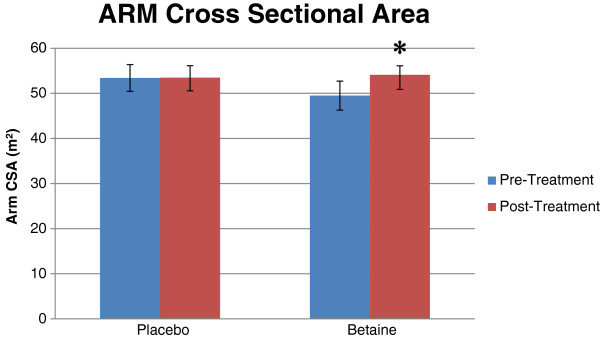
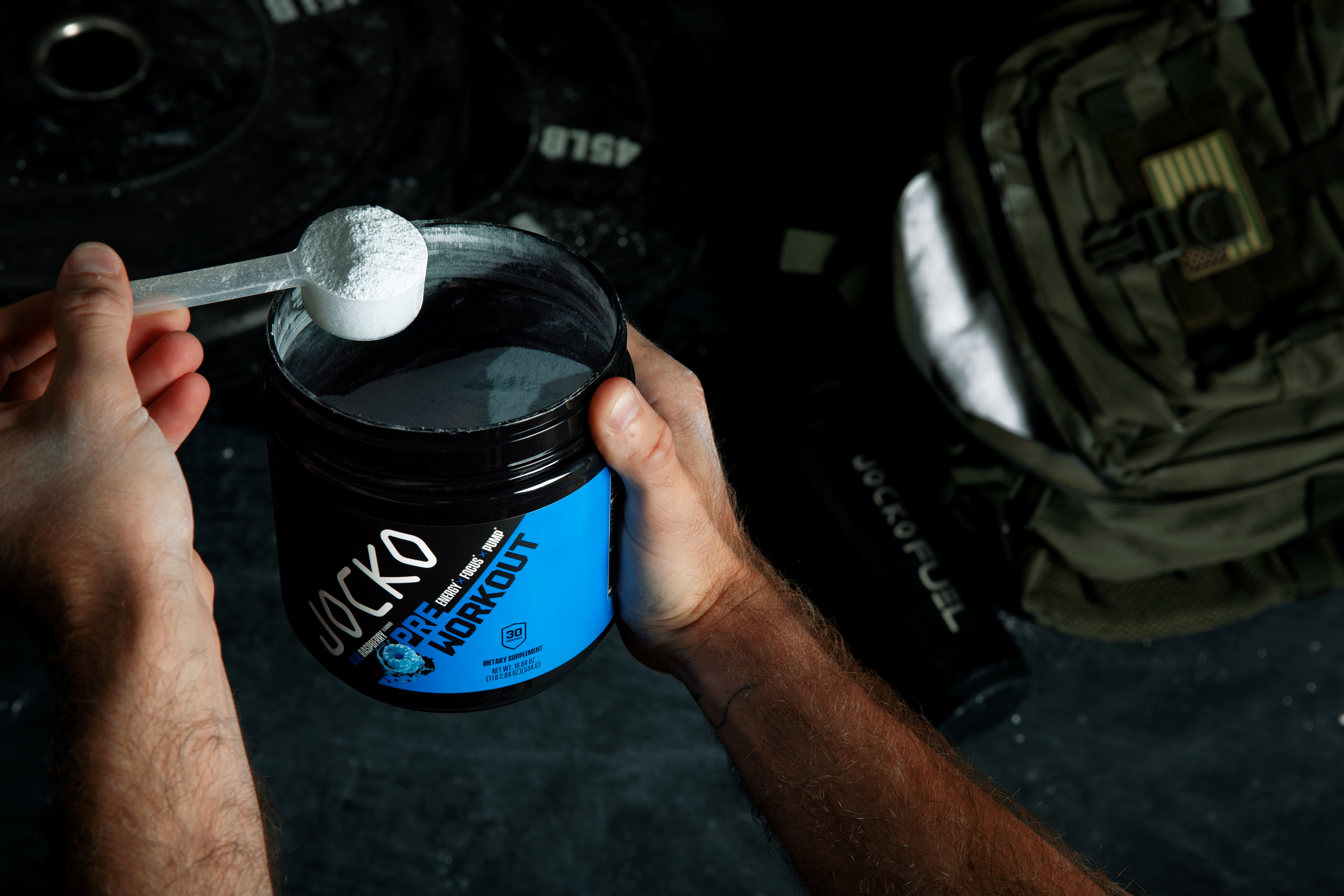

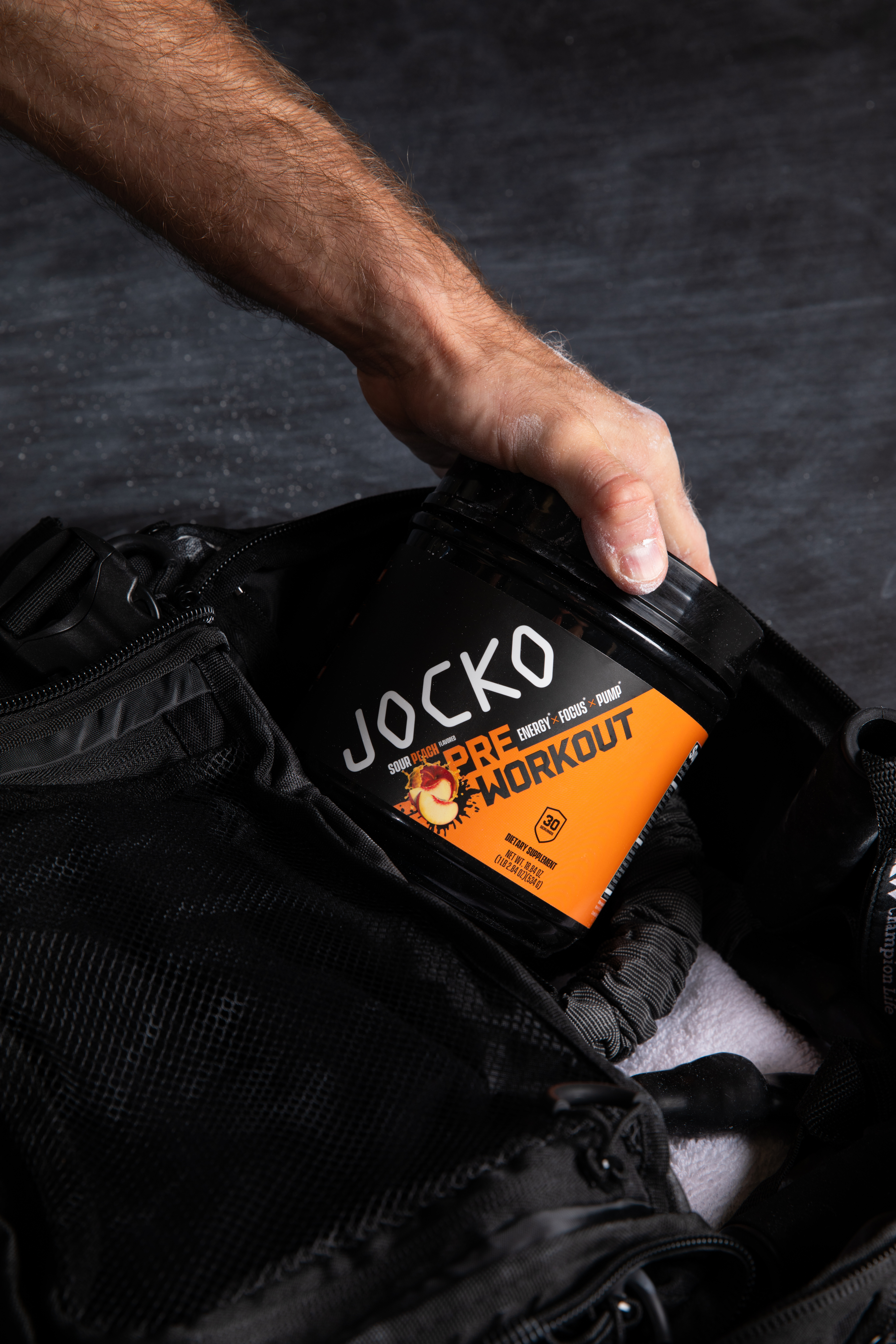
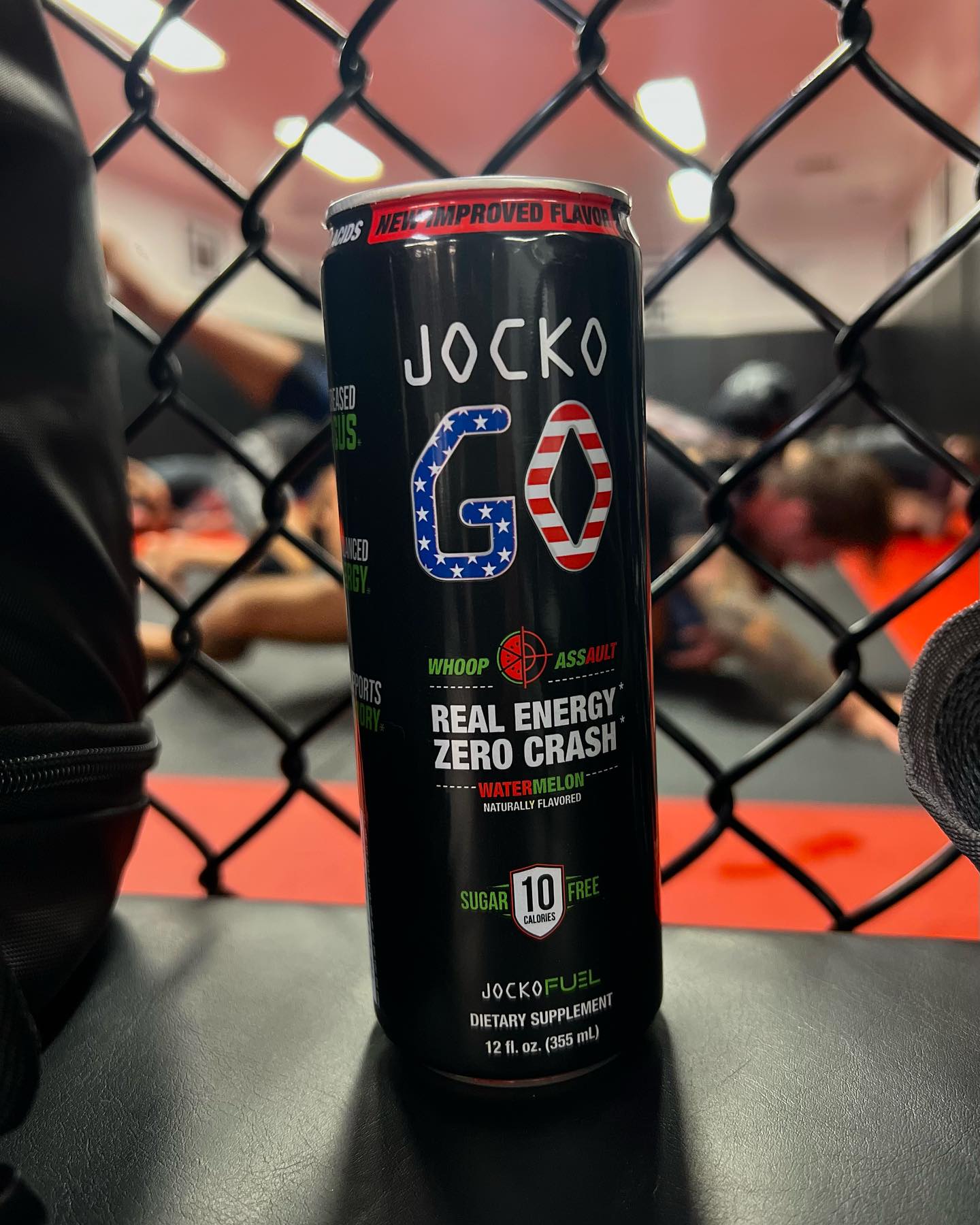
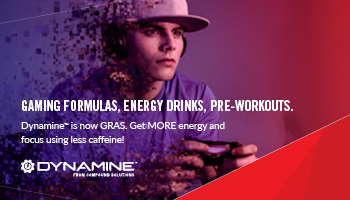
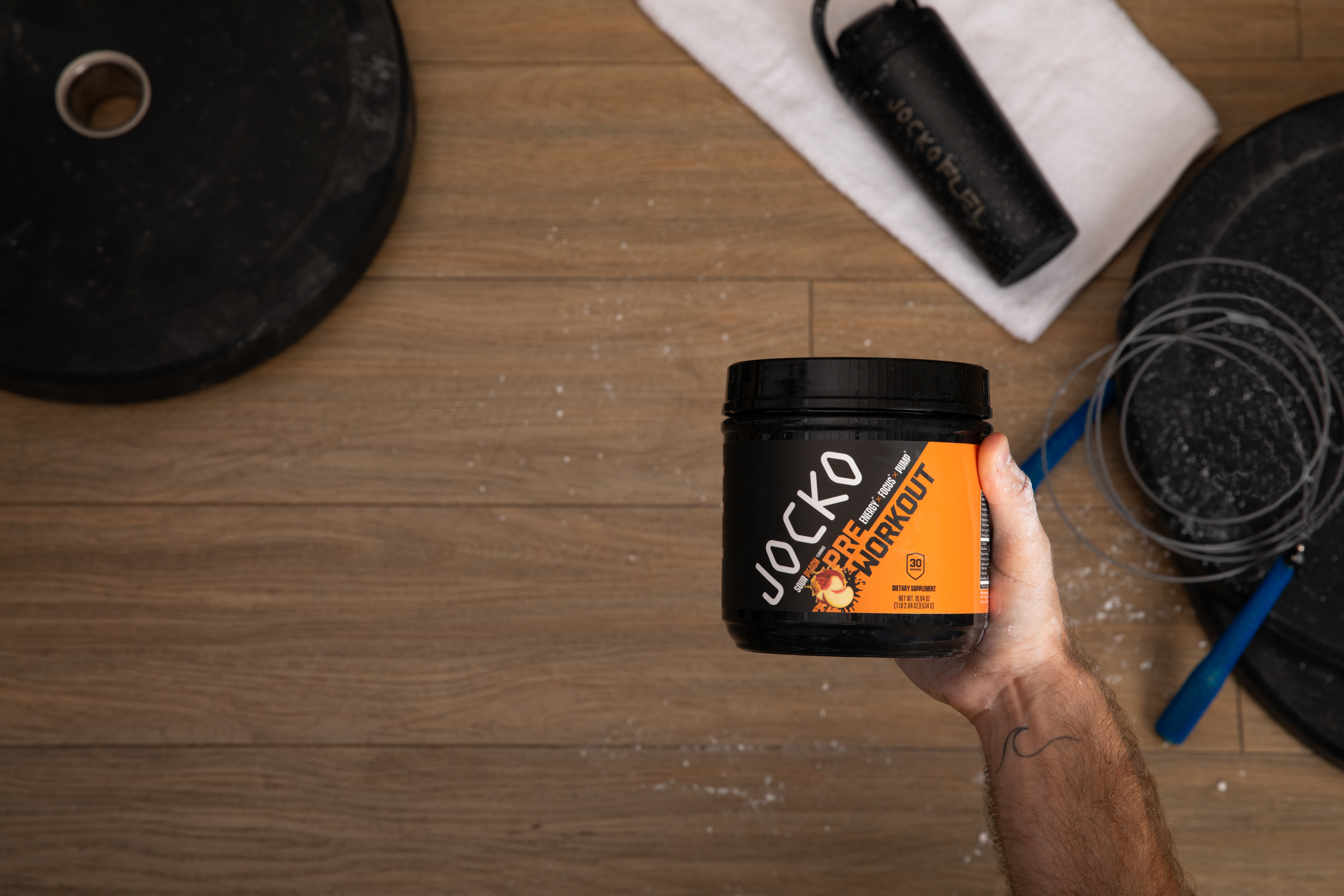




Comments and Discussion (Powered by the PricePlow Forum)